Description
Stearic Acid: A Common Fatty Acid with Surprising Versatility
Stearic acid, also known as octadecanoic acid, is a saturated fatty acid found abundantly in both animal and plant fats. While often associated with animal products, stearic acid plays a significant role in a wide variety of industries, from food production to cosmetics and even industrial applications. Understanding its properties and uses sheds light on a compound that is far more versatile than its simple chemical structure suggests.
What is Stearic Acid?
Stearic acid is a long-chain fatty acid consisting of 18 carbon atoms. It’s a solid at room temperature and appears as a white, waxy substance. As a saturated fatty acid, it lacks double bonds in its carbon chain, which contributes to its stability and higher melting point compared to unsaturated fatty acids like oleic or linoleic acid.
Sources of Stearic Acid:
The primary sources of stearic acid are derived from animal fats, such as tallow and lard. However, it is also present in significant quantities in vegetable oils like cocoa butter, shea butter, and palm oil. This allows for both animal-derived and plant-derived stearic acid options, catering to different dietary and ethical preferences.
Diverse Applications of Stearic Acid:
Stearic acid’s unique properties make it a valuable ingredient in a surprisingly diverse range of applications:
- Food Industry: Used as a release agent during candy and chewing gum manufacturing, preventing them from sticking to equipment. It’s also used as a hardening agent in some food products, contributing to their texture and consistency.
- Cosmetics and Personal Care: Stearic acid acts as a thickener, emulsifier, and emollient in a wide array of cosmetic products. It’s commonly found in creams, lotions, soaps, shampoos, and shaving creams, contributing to their smooth texture and moisturizing properties. As an emulsifier, it helps to bind oil and water, preventing separation in formulations.
- Soap Manufacturing: Stearic acid plays a crucial role in soap making. When reacted with lye (sodium hydroxide or potassium hydroxide), it forms sodium stearate or potassium stearate, which are the primary components responsible for the cleansing action of soap.
- Pharmaceuticals: Stearic acid can be used as a lubricant and binder in pharmaceutical tablets, aiding in their production and digestion.
- Industrial Applications: Used in the production of candles (improving hardness and burn time), plastic stabilizers, and lubricants for metalworking. It is also used as a dispersing agent for pigments and in the production of rubber compounds.
Stearic Acid and Health:
While stearic acid is a saturated fat, its impact on cholesterol levels is often considered less detrimental compared to other saturated fats like palmitic acid. Studies suggest that the body converts a significant portion of ingested stearic acid into oleic acid, a monounsaturated fatty acid with potential health benefits. However, it’s important to remember that overall dietary fat intake, including saturated fats, should be balanced as part of a healthy lifestyle.
Sustainability and Ethical Considerations:
The sourcing of stearic acid raises important sustainability and ethical considerations. The use of animal fats necessitates responsible animal husbandry practices. Similarly, the reliance on palm oil, a source of vegetable-derived stearic acid, needs to be managed sustainably to prevent deforestation and habitat destruction. Increasingly, manufacturers are seeking alternative, sustainably sourced plant-based options and promoting ethical practices within their supply chains.
Conclusion:
Stearic acid is a surprisingly versatile fatty acid with a wide range of applications that extend far beyond its simple chemical structure. From food production to cosmetics and industrial processes, its unique properties make it an indispensable ingredient in numerous products. Understanding its sources, applications, and potential health implications allows for a more informed perspective on this common yet crucial compound. As sustainability concerns grow, responsible sourcing and the exploration of alternative options will be crucial for ensuring the continued beneficial use of stearic acid in the future.

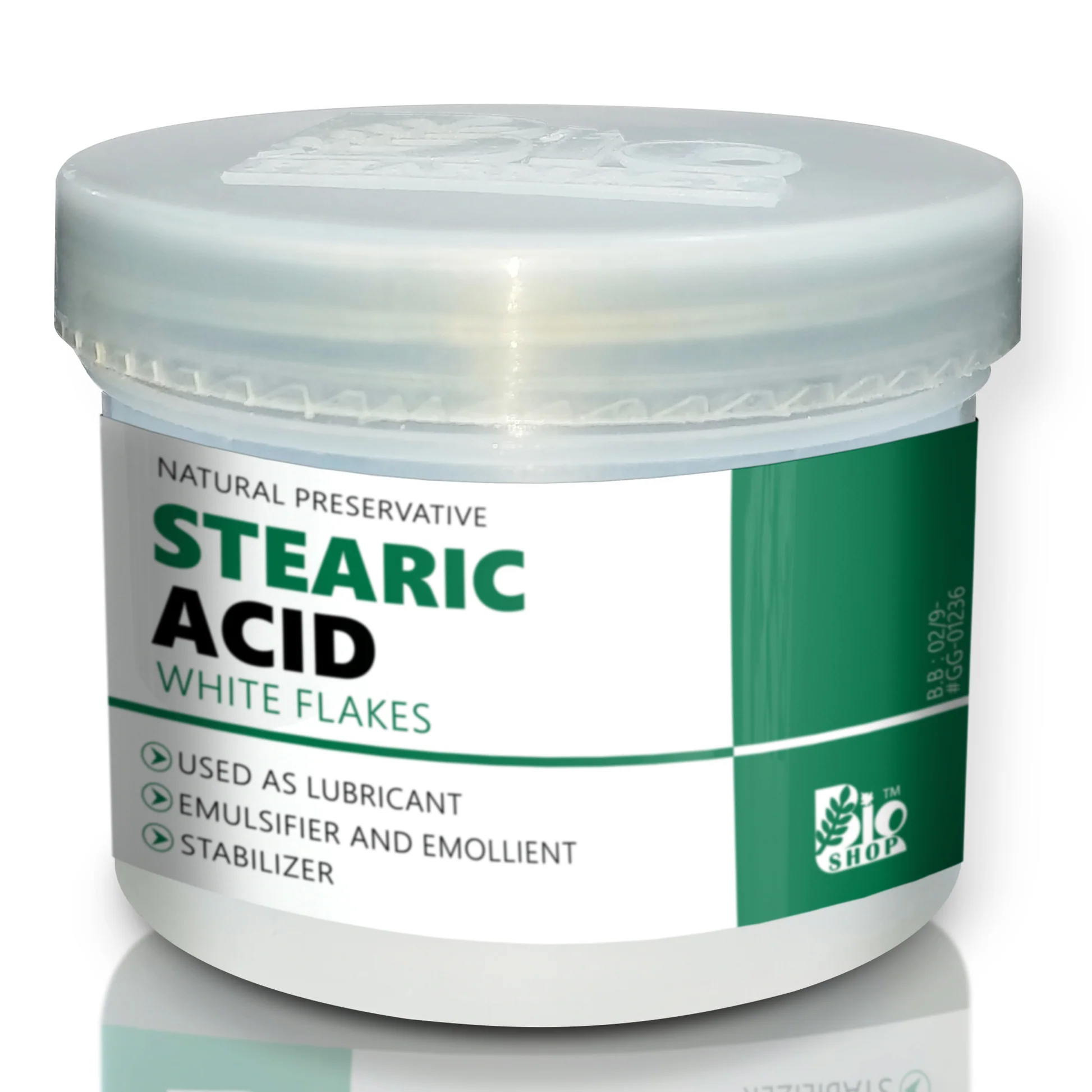
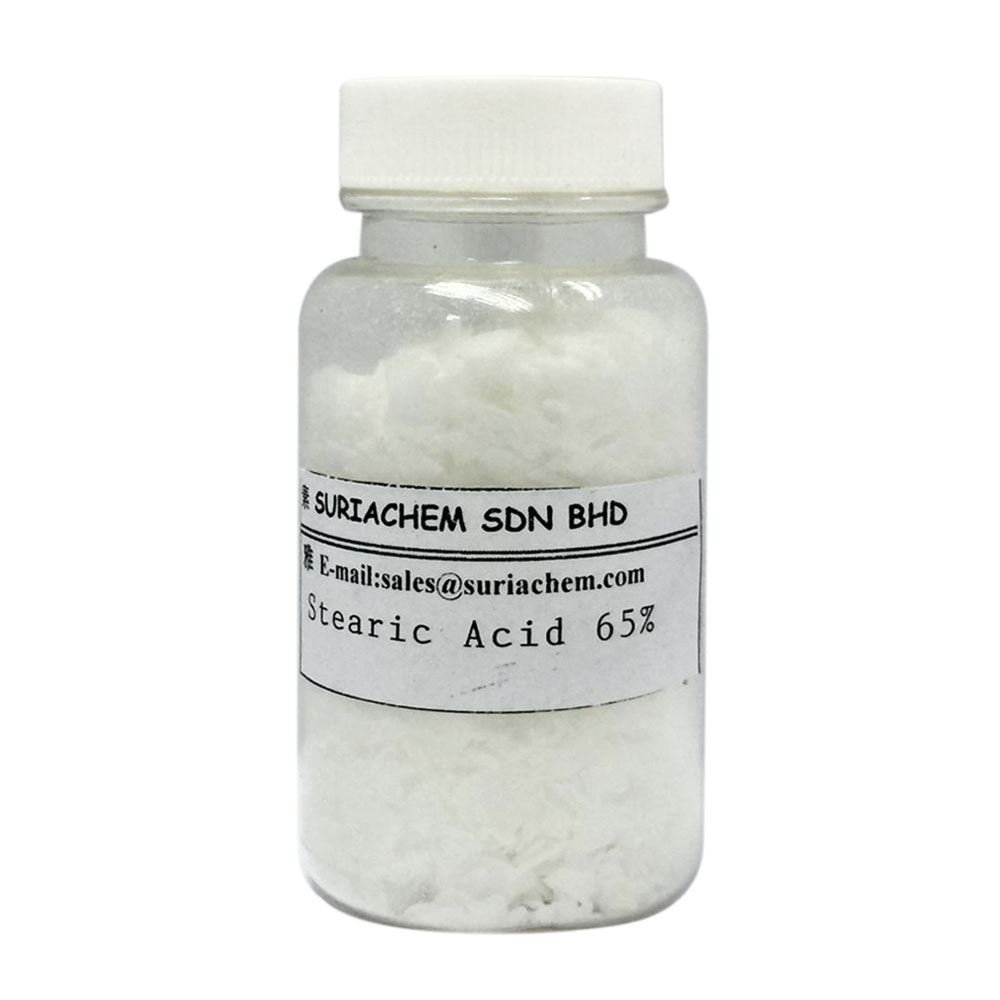
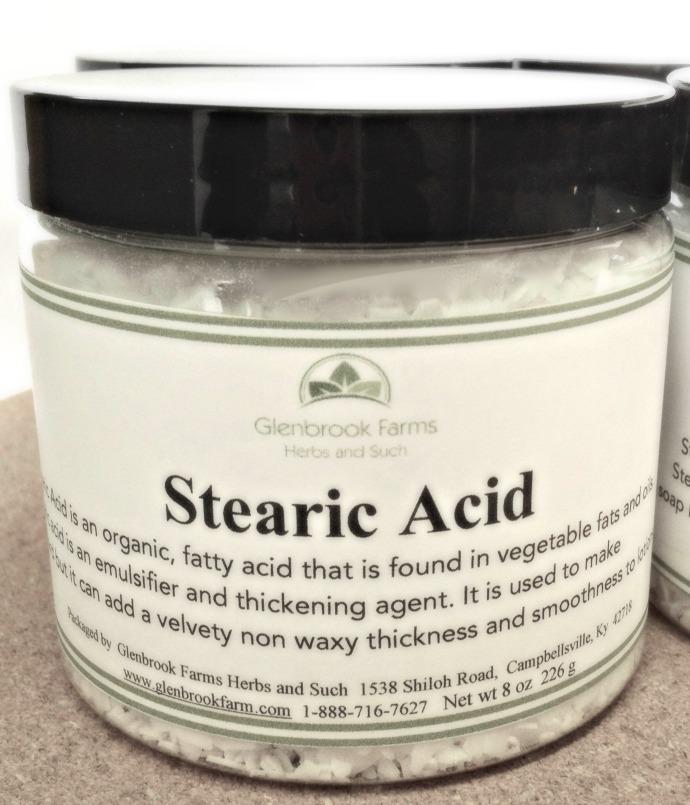
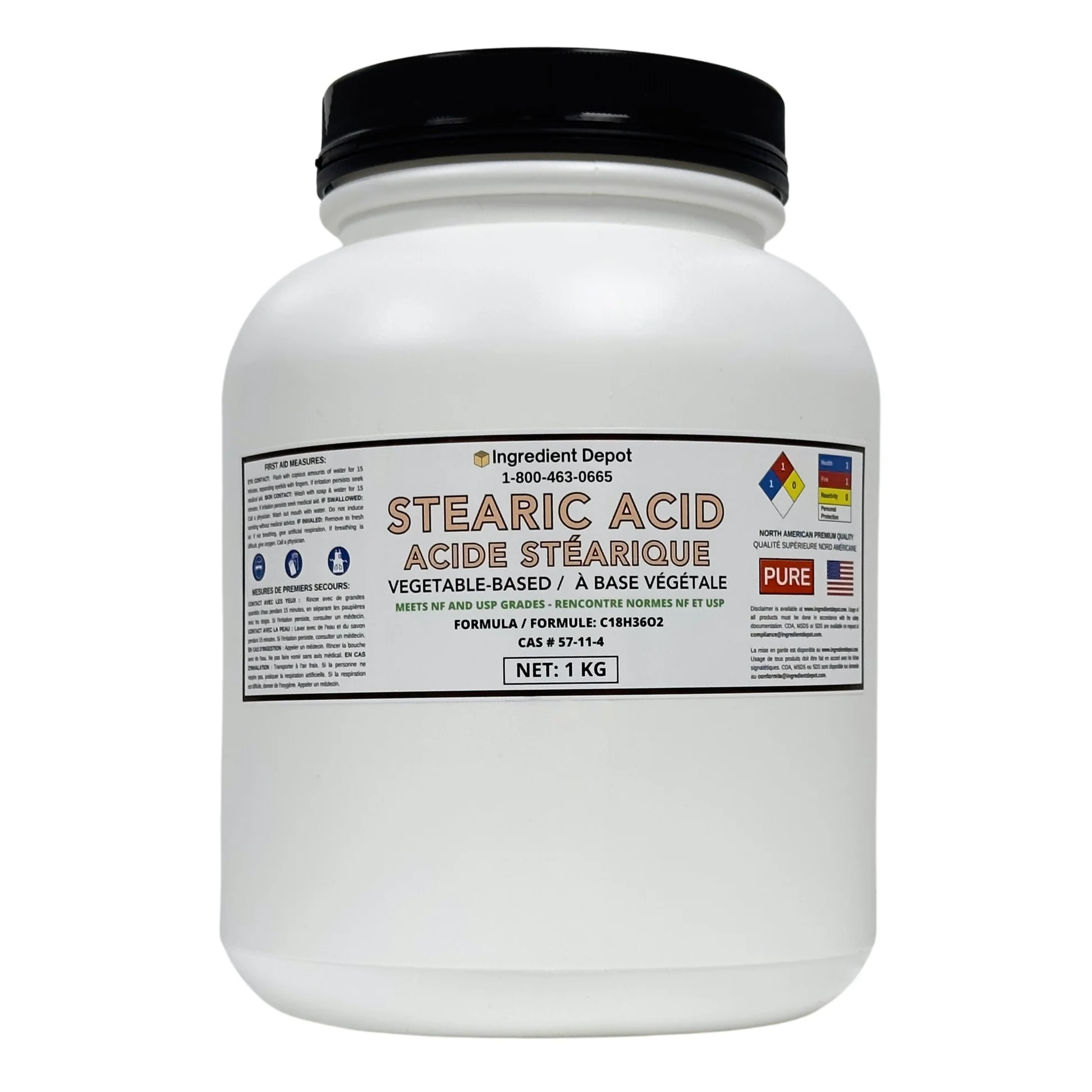
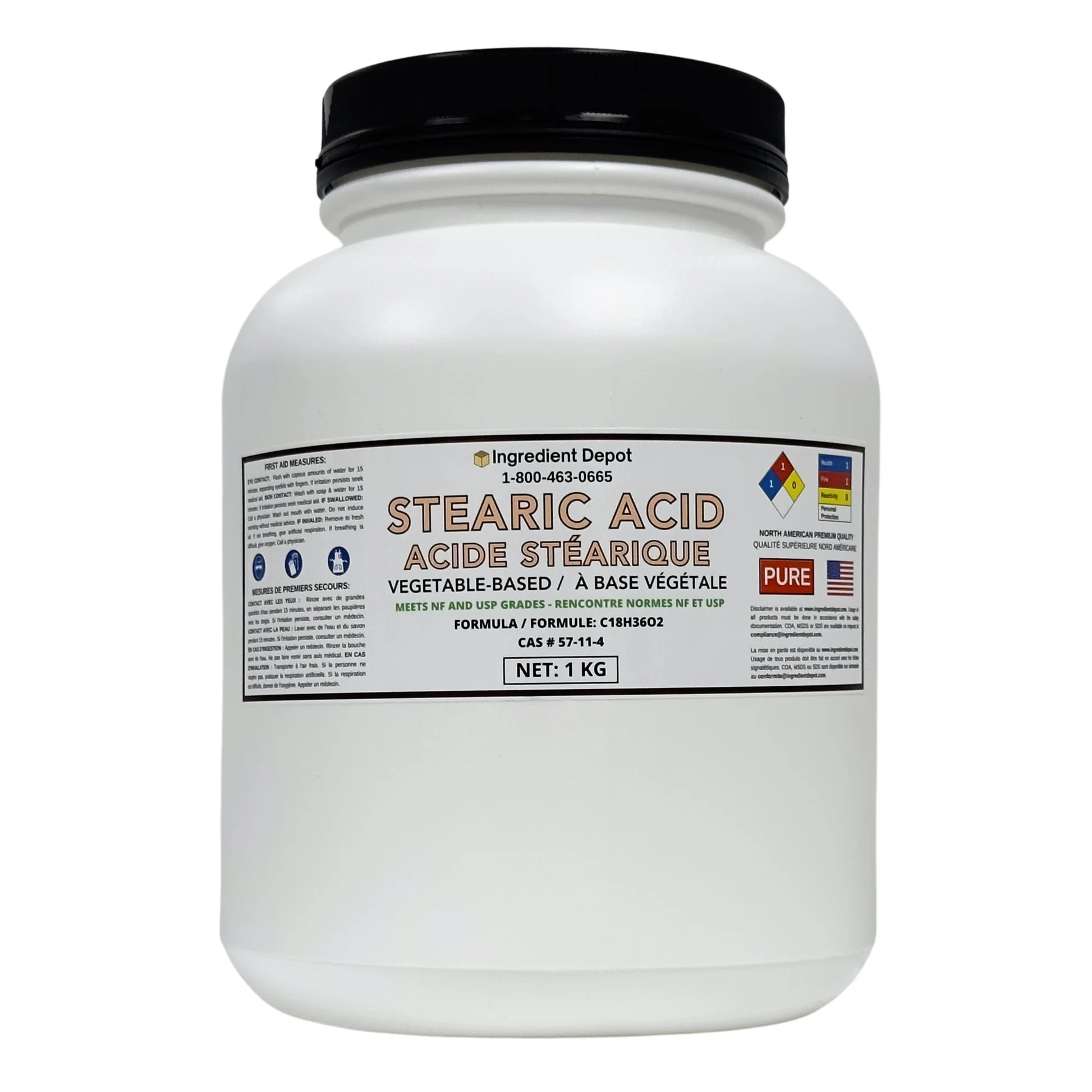
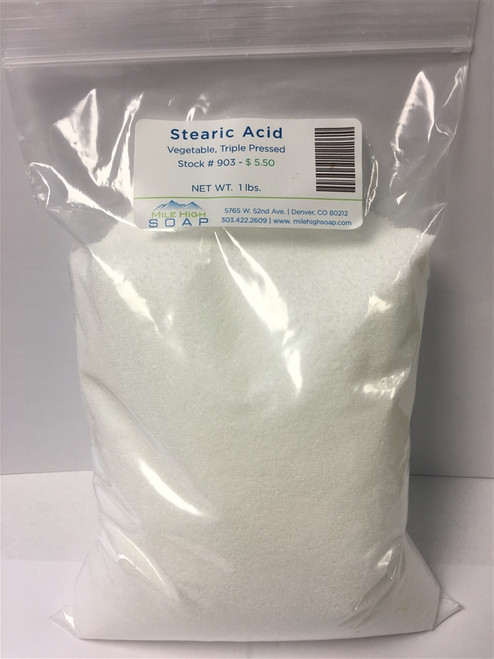
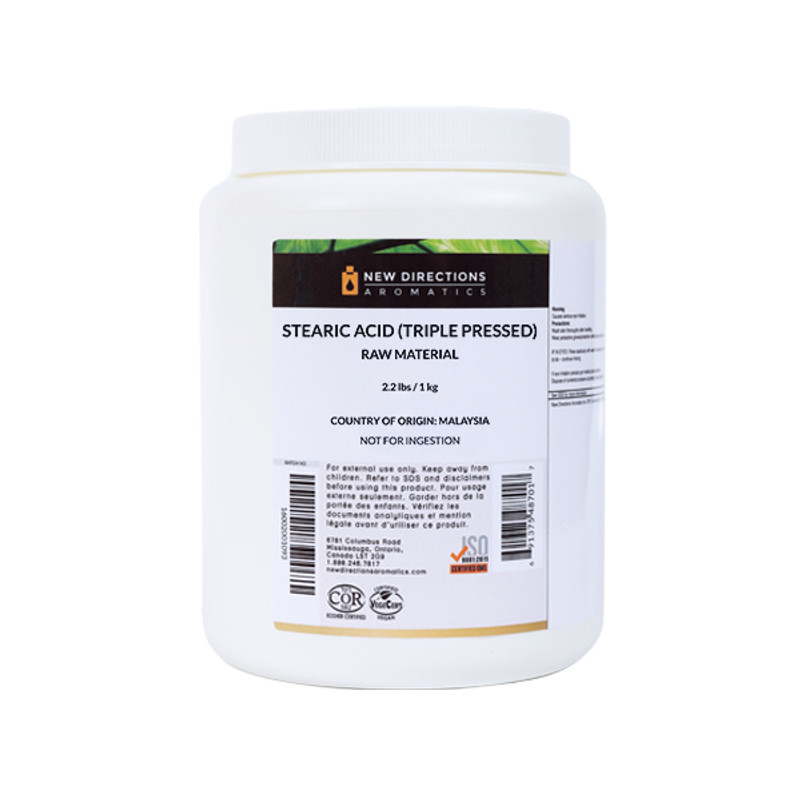
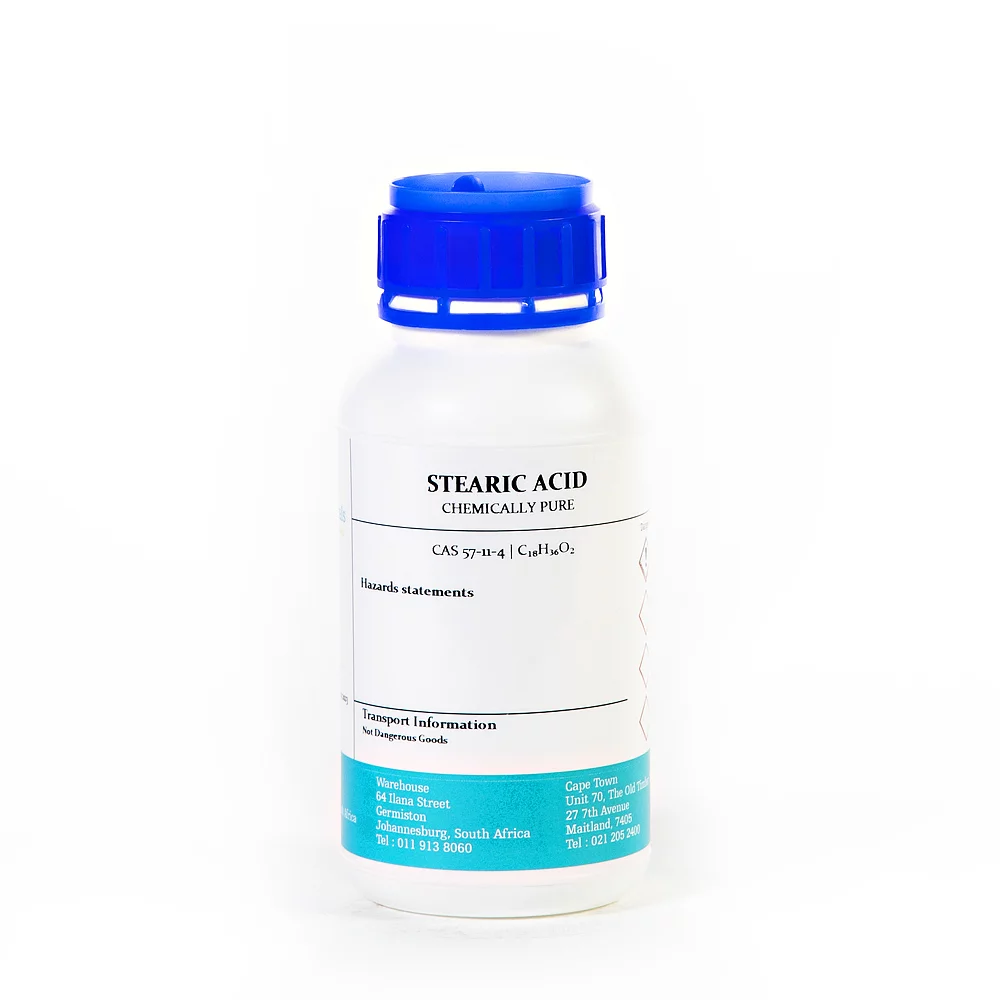
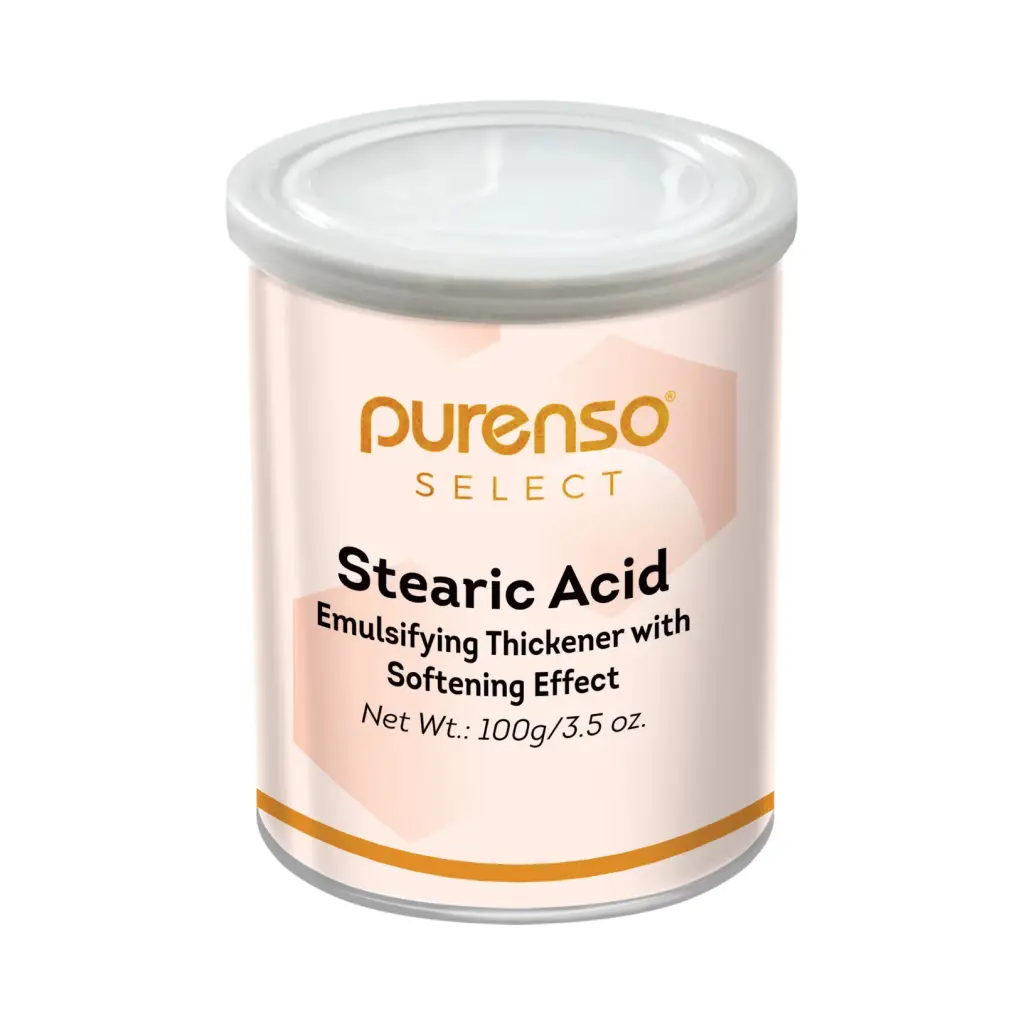
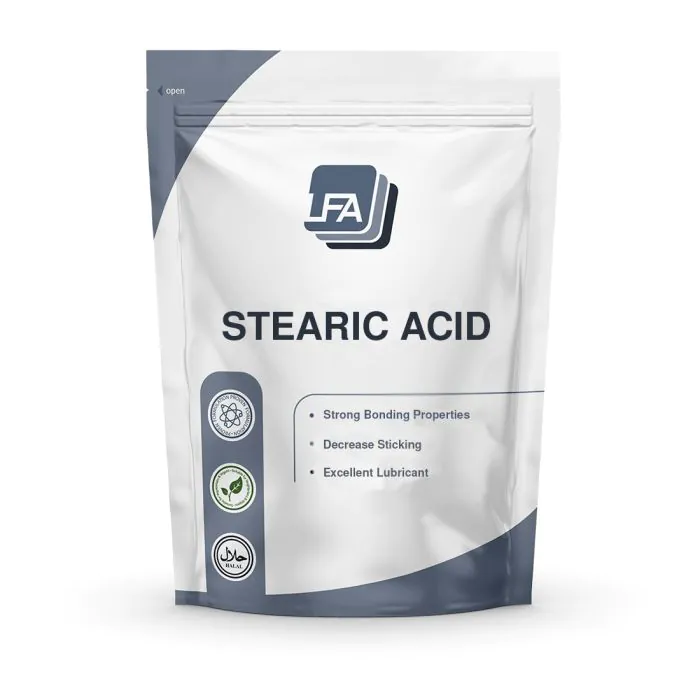

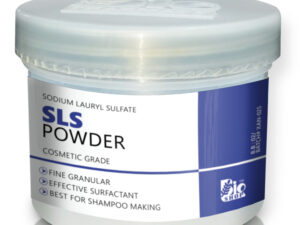


Reviews
There are no reviews yet.